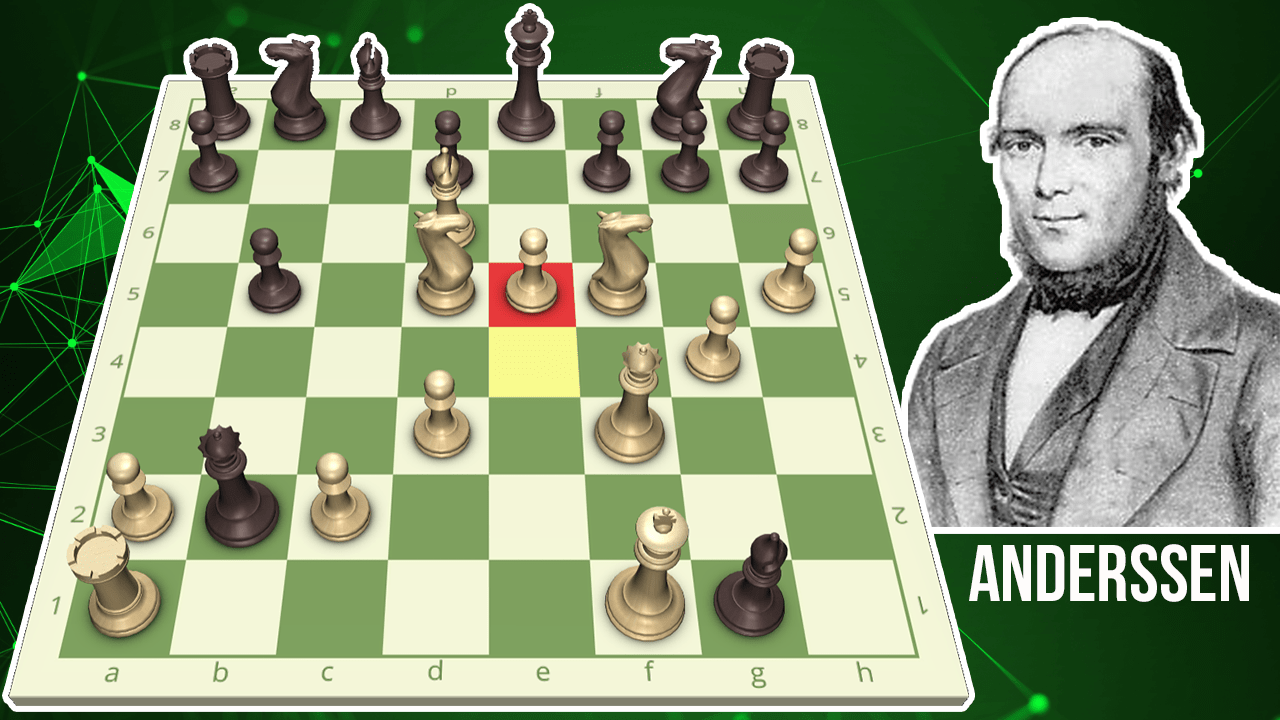
The Immortal Chess Game - Every Move Explained - Anderssen vs. Kieseritzky, 1851
In 1851, London held the "Great Exhibition" to showcase British technology and culture. Concurrent with the event, Howard Staunton organized the world's first international chess tournament. This 16-player knockout invited all of the greatest players of the time. While many (notably Saint-Amant, Petroff, and Jaenisch) were unable to attend, and no one thought to invite Paul Morphy (who turned 14 the day after this masterpiece was purportedly played), the event was still the first truly international chess tournament and a strong candidate for being the first unofficial world chess championship.
Adolf Anderssen did not even receive a first-ballot invite to the event (He replaced Lasa who was considered the strongest German player at the time.), but he won the event in impressive fashion. Notable though his victory was, his most remembered achievement was a friendly game played alongside the event. After winning his match against Kieseritzky, Anderssen played many friendly games with the French player, and in one of them he played the masterpiece that came to be known as the "Immortal Game." Falbeer was evidently the first to call it that, and the title "Immortal" has since broadened to refer to any exceptionally notable and memorable game.
Although Anderssen was never an official World Champion, the first world champion, Wilhelm Steinitz, stated the following of his brilliancy:
The present masterpiece will be treasured as an example of chess genius as long as the game shall be played.
Many facts including the date (possibly May 26), venue, and even the concluding moves have been long disputed. Chess Notes provides an excellent historical analysis of the game.
Lessons:
- Accurate calculation is vital to chess success.
- Exposed pieces (Qh4, Bb5, Nf6) give the opponent tempos in attack.
- Don't be greedy.
I've annotated the game below. I had an INCREDIBLE time reviewing this game. Though I've known it since I was a very young player, in many ways, you never really understand a game until you try to analyze it yourself.
If you want to support the content and see more games, subscribe and follow on YouTube and Twitch!

